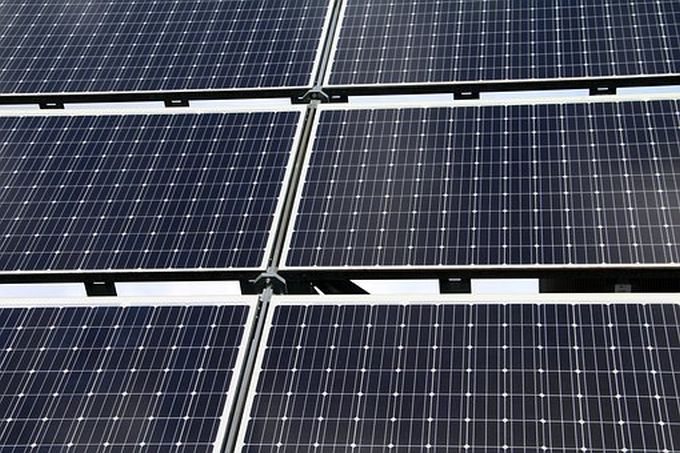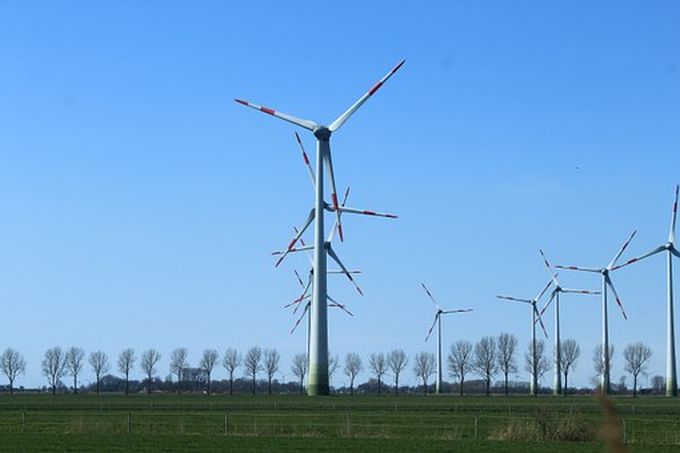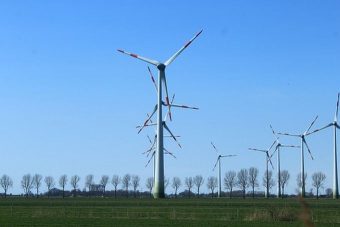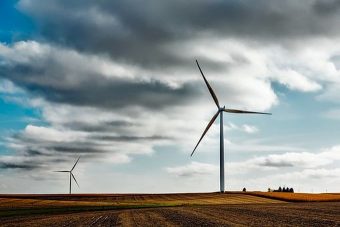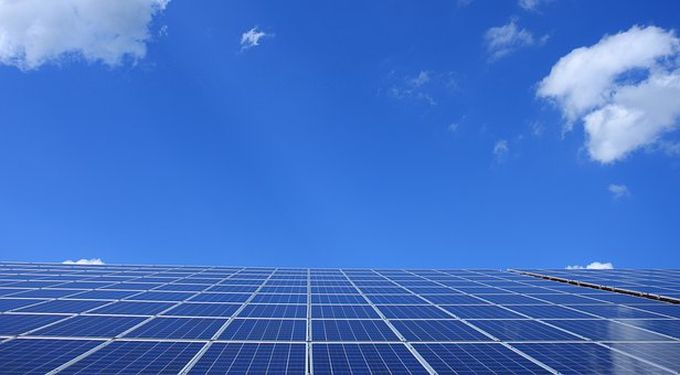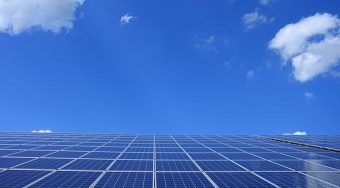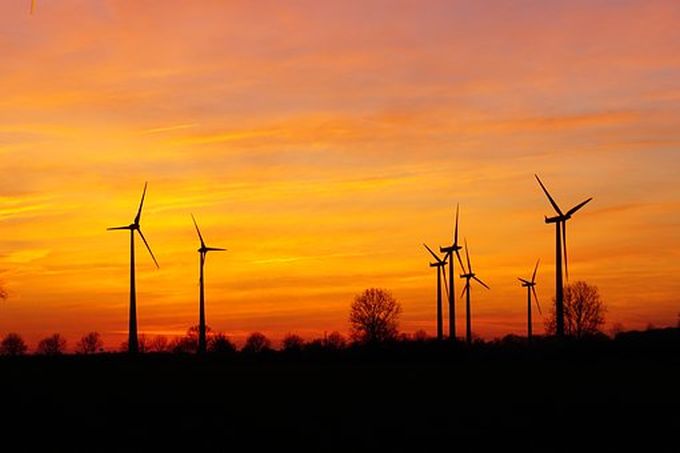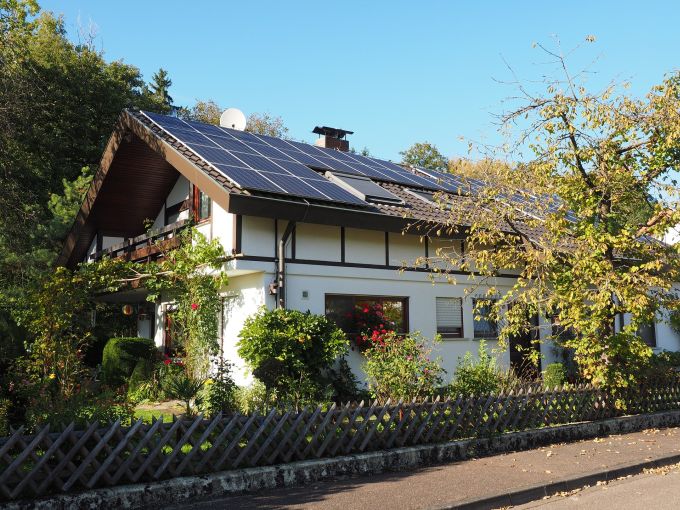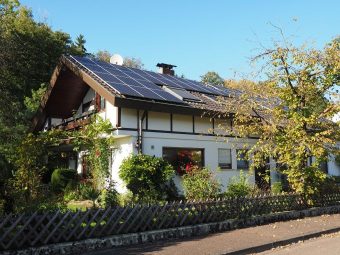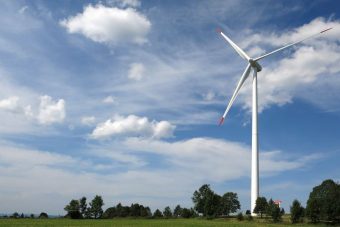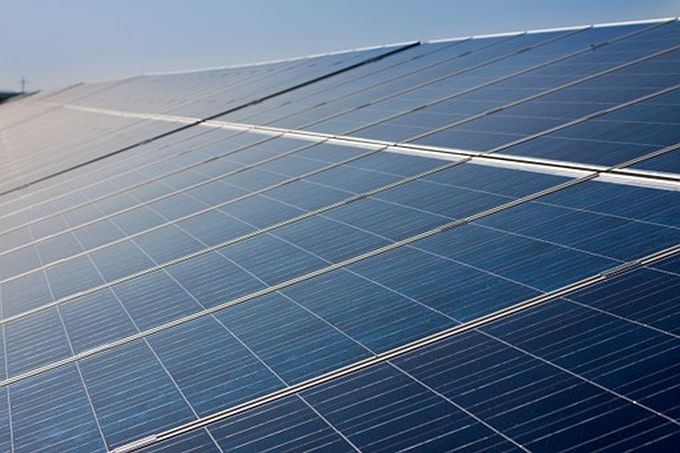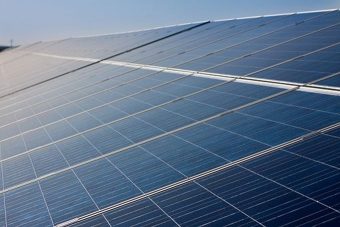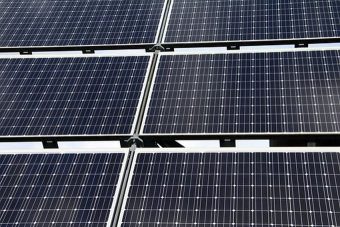
Trina Solar recently issued a press release boasting of the fact that its solar modules have started feeding electricity to the grid in India from a large-scale project of SB Energy, a joint venture company of Softbank, Foxconn Technology and Bharti Enterprises.
The project, with a capacity of 455 megawatts (DC), is perhaps the second largest solar power plant developed by a single company in India, with the largest operational project being the 648-megawatt power plant in Tamil Nadu owned by Adani Green Energy. The SB Energy power plant is part of the 1 gigawatt NTPC solar power park at Kurnool.
Trina announced that it shipped more than 700,000 TALLMAX 72-cell polycrystalline panels to the project which was commissioned on 29 March 2017 and recently started commercial operations. As mentioned in earlier articles, SB Energy was the sole winner of the 350 megawatts (AC) solar power tender launched by India’s largest power generation company NTPC Limited for a solar power park in Kurnool district of Andhra Pradesh. The auction took place in December 2015 and was awarded to SB Energy at a tariff of Rs 4.63/kWh (7.12¢/kWh), the lowest in India at that time.
SunEdison also secured rights to develop a 500-megawatt (AC) project at the solar power park through a separate auction. Once commissioned, the project will overtake SB Energy as the operator of India’s second-largest solar power project.
SB Energy is among the leading solar power developers in India and remains at the forefront of the sharp decline in solar power tariffs. Last month, the company secured rights to develop 100 megawatts capacity out of the 250 megawatts offered by Adani Enterprises at the Bhadla solar power park. The capacity was allocated at Rs 2.63/kWh (4.1¢/kWh), one of the lowest tariffs in India at the time. Two days later, the company also won 300 megawatts capacity offered by IL&FS, an infrastructure company, at the same solar power park at Rs 2.45/kWh (3.8¢/kWh) another record low in India.
Source: cleantechnica.com


